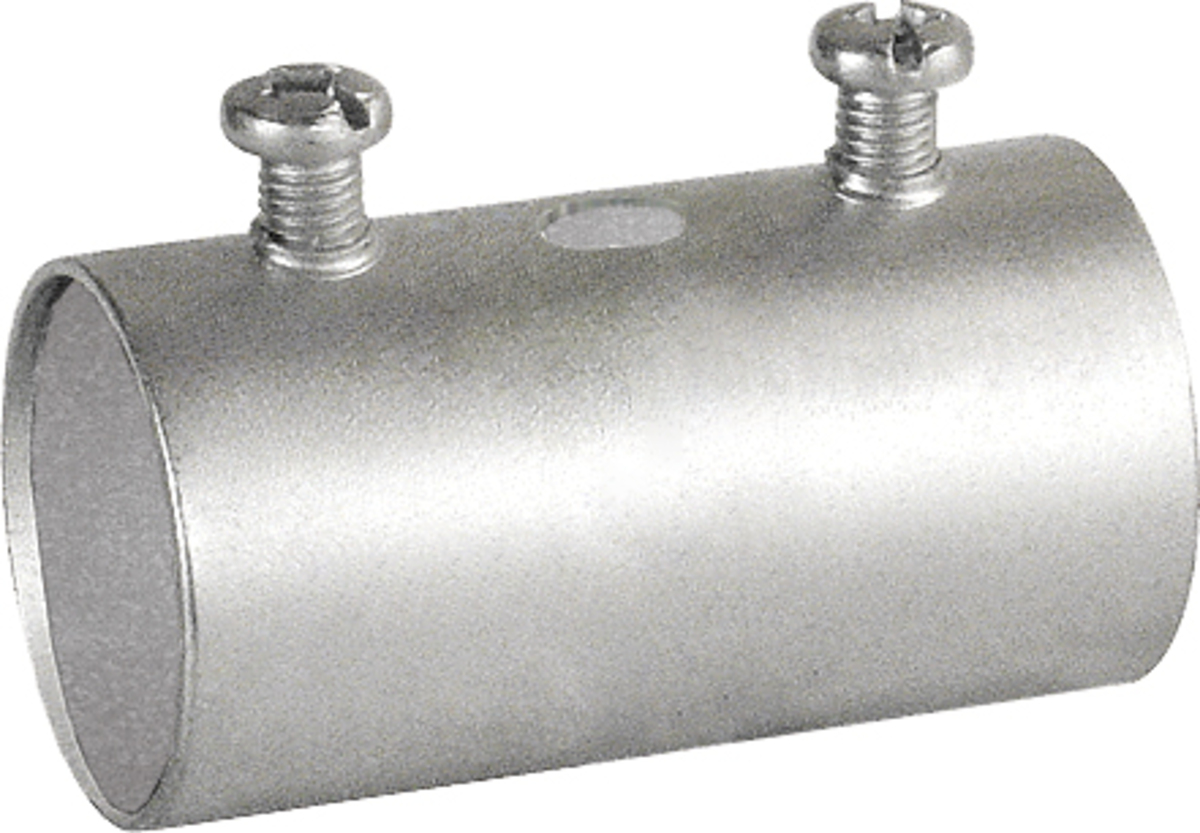byteharmony
Sunny side up please.
How do people add additional EMT paths from a panel to a trough after the install and mounting are all finished? Is it as simple as cutting the EMT short and leaving the top and bottom of the set screw connector void of EMT? Put the EMT in the connectors all the way first then expand those connectors one at a time using the set screw to hold the EMT floating between the two connectors?
Take these photos of systems as good examples.
 vahaenergy.com
vahaenergy.com
As long as that floating EMT pinned by set screw approach works then what do people with installs like this do?
How is this done? blind LB, wiring behind the wall, conduit to conduit pull elbow?
Unless there is access from behind my understanding is you'll need to pull apart the wall to get more conduit in there.
Take these photos of systems as good examples.
Battery Archives - Vaha
As long as that floating EMT pinned by set screw approach works then what do people with installs like this do?
How is this done? blind LB, wiring behind the wall, conduit to conduit pull elbow?
Unless there is access from behind my understanding is you'll need to pull apart the wall to get more conduit in there.



